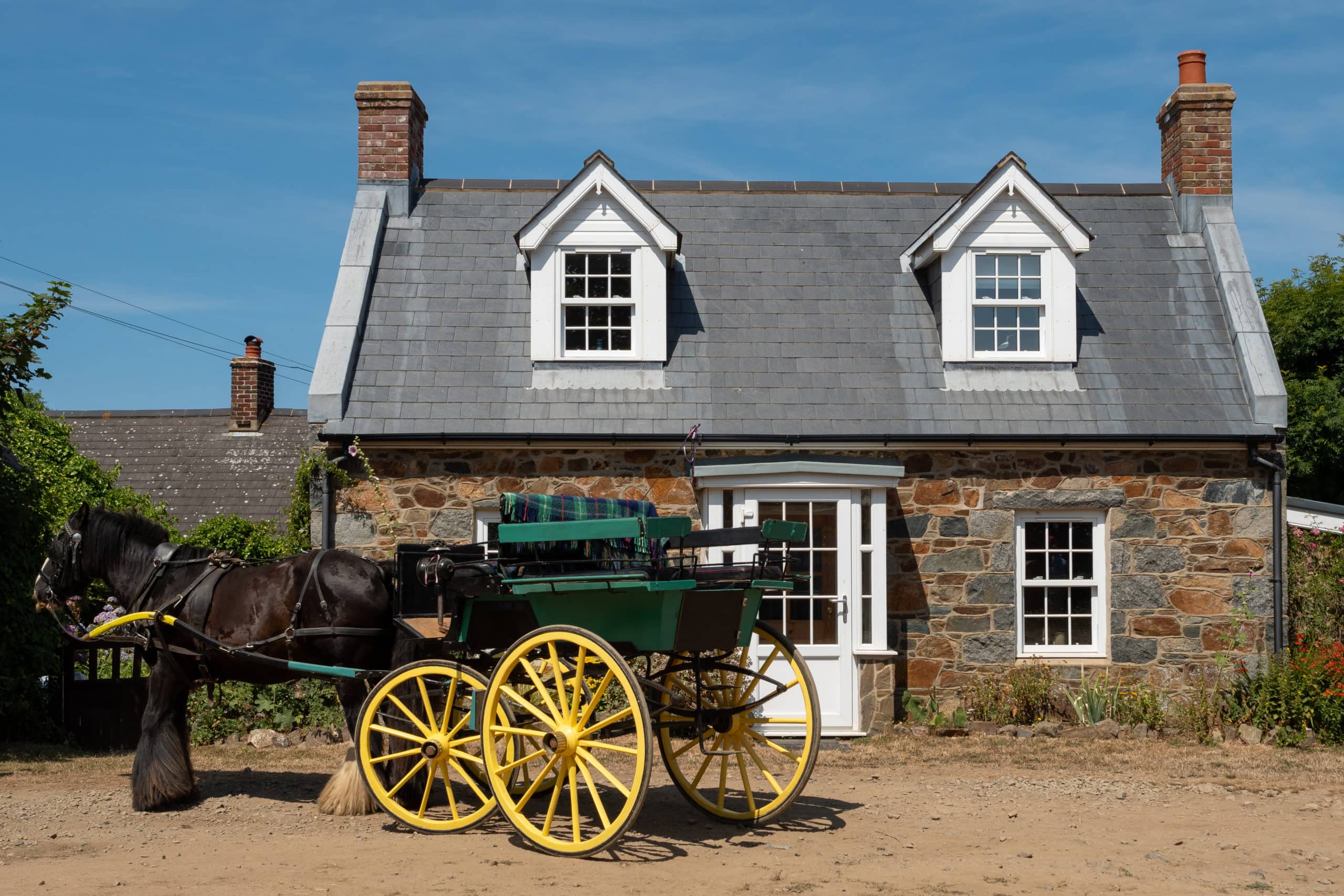Carriage homes, also known as coach homes, are nothing new. They’ve been here in the states for hundreds of years—perhaps as long as we’ve been an independent country. A carriage home, in its original intention and design, was a building constructed next to a home that housed carriages, horses, and all related tack and equipment.
Today, carriage homes have been converted to serve more practical purposes: guest homes, apartments, retail shops, restaurants, and even storage buildings. Because carriage homes are such old, historic structures, most owners want to preserve them for as long as possible, which often results in raising the foundation of the building for repairs or flood protection. Here we give you seven tips for raising your carriage or coach home, and how you can plan to execute these home lifts while preserving the structural and historic integrity of these buildings.
Seven Tips
1.Historic Preservation Protocols
Because carriage homes are so old — some of them hundreds of years old — many of them are registered historic buildings. Any time you are considering lifting a building on the national or a state historic register, you’ve got to make sure you’re following proper protocols and guidelines.
If your carriage home is on the register, be sure that your historic lifting contractor is aware and that you are fully aware of the preservation briefs. They’ll help you know exactly what can and can’t be done surrounding your coach home lift.
2. Hire a Preservation Consultant
When raising a historic landmark like a carriage home, it’s crucial that you find a contractor who can and will ethically complete the lift. If your carriage home is a registered historic landmark, we recommend hiring a preservation consultant to examine your carriage home before and after the lift and for any subsequent construction or repairs that need to take place. If during the lift your home’s structure or other components are damaged, proper and professional documentation is crucial for historically accurate repairs.
3. Hire a General Contractor
In addition to finding a house-lifting company to do the work of elevating your carriage home, you will need to hire a general contractor. Your building will need to be surveyed; excavation will need to take place; you’ll likely need a new foundation; and you might need repair work after the lift is complete.
4. Tax Credit Programs
If your carriage house is on the National Register of Historic Places, and even if it’s not, you might be eligible for a tax credit program which can aid in preservation services. Raising your carriage home might be deemed necessary to maintain the structural stability of the building. And if so, state or federal aid might be available to you.
If your carriage home isn’t on a historical register, but you think it should be, you can apply with your state or with the national register office. This gives you access to benefits, like tax credits—plus more—that can benefit the upkeep and integrity of your coach home for years.
5. Secure Permits
Even though your coach home won’t be moving locations, you’ll still need permits to have it elevated. You can contact your local government, explain that you need a permit to lift your coach home, and they will present you with the paperwork you need. House lifting permits can be pretty costly depending on your location and what you’re lifting, so be prepared for this extra expense.
6. Prepare for the Lift
The great news about having your home lifted is that you don’t have to do any special prep to the inside of your home. The lifting is so gradual that the things inside your building—even pictures on the wall—likely won’t move much, if at all. If your home has a basement, however, you will need to clear that space out.
You will need to make sure that all of your utility lines are disconnected, and the house is safe for the lift. Your general contractor can disconnect your sewer, water, gas, electric, telephone, and anything else connected to your house.
7. Factor in Unexpected Costs
When you’re thinking about having your home lifted, the costs don’t stop at the elevation itself. There can be hidden expenses that occur during the home-lifting process, especially with an old building like a carriage home. In some cases, your home will experience minor cracking or damage during lifting. This can usually be fixed easily by your general contractor.
Conclusion
Carriage or coach homes have evolved over the decades and centuries. Today, they make for excellent multi-family housing, restaurants, bars, and more. But just because they serve a new purpose, that doesn’t mean you can treat them like a modern building when it’s time to raise the foundation. When you’re ready to raise your carriage home, heeding our tips above will help you ensure a smooth process with the best possible outcome for your building.

